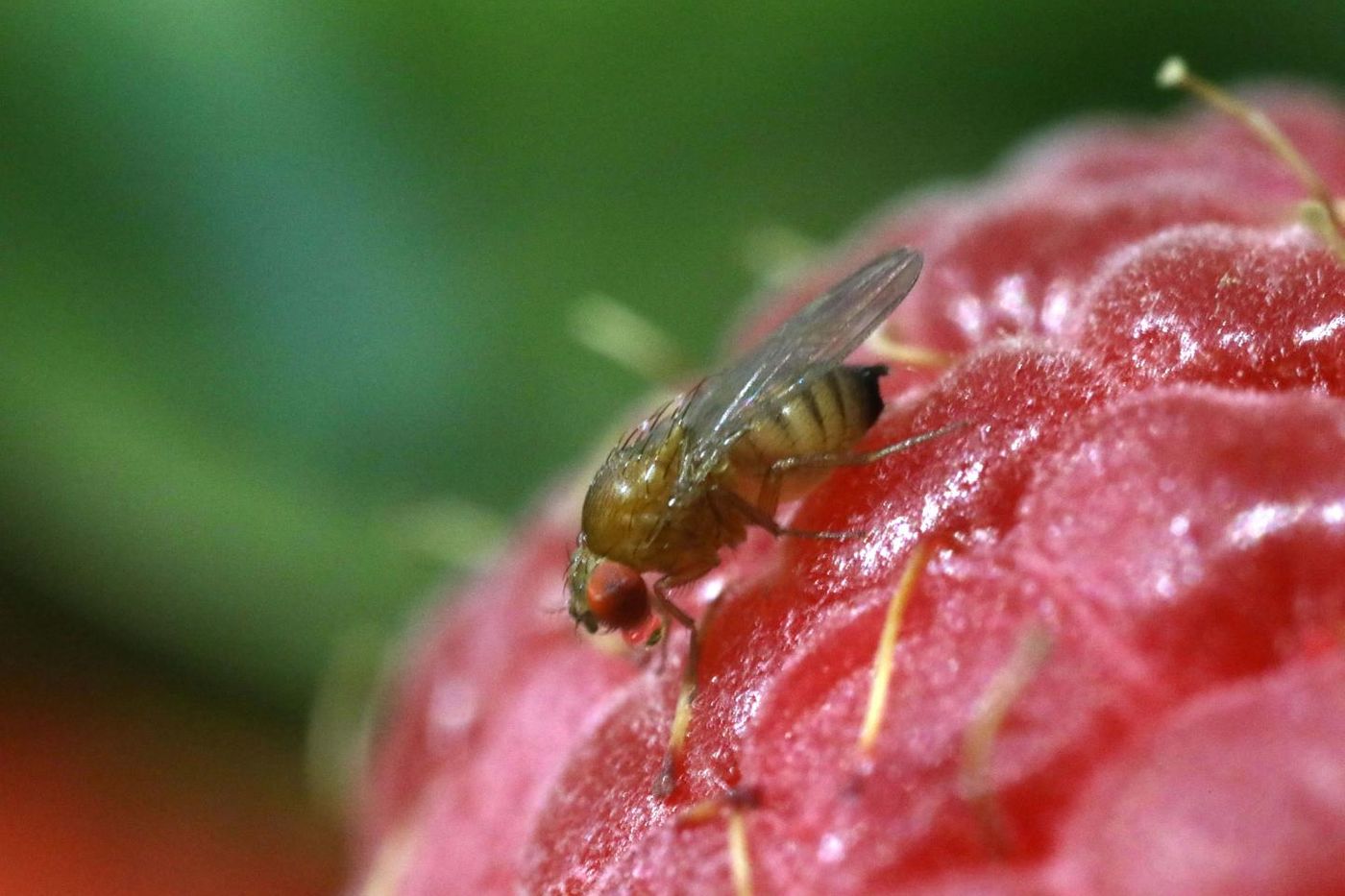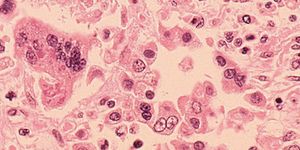Targeting an Invasive Pest with Gene Drive
A growing human population is going to have to eat, and we can't afford to lose valuable crops to pests. Scientists at the University of California San Diego have now used genetic engineering to alter genes in a pest that damages food crops and causes millions of dollars in losses. They have been able to manipulate the ability of these invasive insects, called Drosophila suzukii, to reproduce. To do so, they took advantage of a technique called gene drive, in which the inheritance of some gene variant is encouraged (the concept is explained in the brief Tedtalk in the video).
"We've designed a gene drive system that dramatically biases inheritance in these flies and can spread through their populations," said Anna Buchman, who led this work by the lab of UC San Diego insect genetics professor Omar Akbari. "It bypasses normal inheritance rules. It's a new method for manipulating populations of these invasive pests, which don't belong here in the first place." The study has been reported the Proceedings of the National Academy of Sciences.
These Japanese flies were found around the West Coast starting in 2008; they’ve since spread to over 40 states, by using an organ called an ovipositor to deposit their eggs directly into ripening fruit. Drosophila eggs normally get laid on top of decaying fruit, so these invasive flies are far worse for crops. Overall, they are blamed for causing $700 million in damage.
Buchman and colleagues named their gene drive system Medea, for the mythological Greek enchantress who (after some drama) killed her children. In their system, a type of synthetic toxin acts with its antidote and dramatically influences inheritance in the flies. In tests using caged flies, 19 generations carried it with 100 percent efficiency.
"We envision, for example, replacing wild flies with flies that are alive but can't lay eggs directly in blueberries," explained Buchman.
Their synthetic system might be applied to a variety of scenarios. Some genetic susceptibility to something in the environment could be introduced, like temperature. In that case, when the temperature got to a certain point, the modified flies would carry a gene that would then trigger their death, while other kinds of flies remained unaffected.
"This is the first gene drive system in a major worldwide crop pest," said Akbari, who started this work at UC Riverside and recently moved his lab to UC San Diego. "Given that some strains demonstrated 100 percent non-Mendelian transmission ratios, far greater than the 50 percent expected for normal Mendelian transmission, this system could in the future be used to control populations of D. suzukii."
This system could also be used to improve the efficiency of insecticides that are more environmentally friendly by making pests more vulnerable them.
"I think everybody wants access to quality fresh produce that's not contaminated with anything and not treated with toxic pesticides, and so if we don't deal with Drosophila suzukii, crop losses will continue and might lead to higher prices," said Buchman. "So this gene drive system is a biologically friendly, environmentally friendly way to protect an important part of our food supply."
Sources: AAAS/Eurekalert! Via University of California San Diego, PNAS









